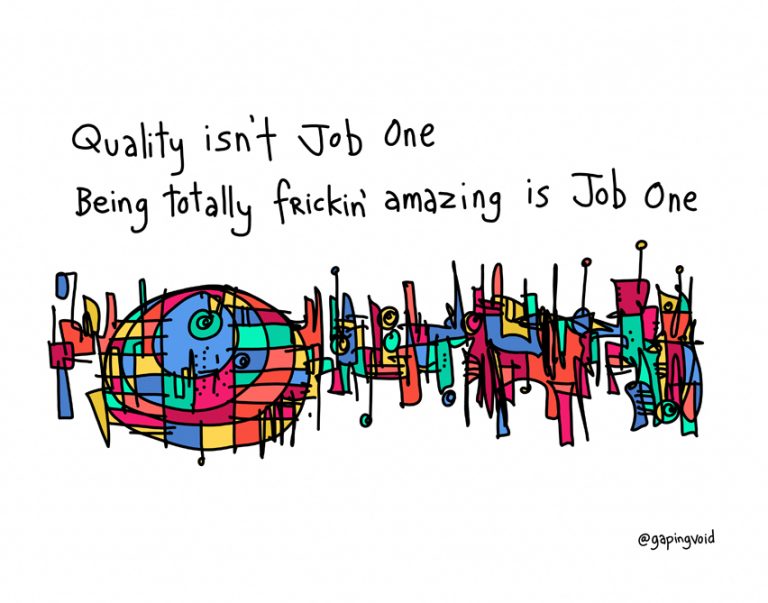
“Society is an extremely large and complexly interacting system and, whether we like it or not, such systems are error controlled. This means, paradoxically, that in them change and evolution can come about only as the result of deviation and pathology, and that without these imperfections a system would become hopelessly stagnant and sterile.” – Paul Watzlawick ‘ The Pathologies of Perfectionism
Four years ago, I was hired by the CEO and founder of an automotive axle manufacturer to facilitate innovation workshops. In our meeting, he shared how the company has been doing well, but things are slowing down. He was looking for innovation, and no matter how hard the management team pushed, persuaded, created innovation-team-rewards, and hired from the outside, nothing new was happening.
The organization, for years, has been ruled by Lean Six Sigma and a process of variation elimination.
As we tried different innovation processes, nothing worked. One day in a staff team meeting, I asked two questions:
- What works to attract trust within this company?
- What works to repel trust within this company?
The response helped us understand what attracts and repels trust were the same.
Trust Attracting
- Following the standard operating procedures
- Knowing and defining the root cause of the variation
Trust Repelling
- Varying from the standard operating procedures
- Sharing a problem before knowing and defining the root cause of the variation
How and where can innovation happen when procedures are dogma and root-cause analysis is competence?
The company, through the purposeful elimination of variation, had become stagnant and sterile.
As we discovered this, I told the owner, “Innovation will never happen here. You have an ingrained series of behaviors that work to eliminate variation. Innovation is variation. Your behaviors make this company great, and the inertia for the current behavior or what works is too significant to change.”
The owner decided to open another organization that was the opposite of the other company. This organization was founded on;
- a philosophy of innovation,
- variation from standard operating procedures
- different uses of existing resources and materials (resources from the axle manufacturing plant)
Within two years, we slowly started taking the people from the new company and placing them into management and key positions in the manufacturing plant. As the new people, who thought differently of the company, were put into the other organization, innovation and change started to happen. The people from the axle plant also wanted to work in the new innovative facility.
We continued to develop cross-functional teams and leadership between both organizations and enhance support for people within both locations.
Four years later, innovation is happening in both places, and the companies (combined) have released 4 new products using existing resources and materials.
The company, through purposeful exposure to variation, had become active and fertile for innovation.
Lean Six Sigma and other ‘quality tools’ have a purpose. A purpose within a controllable environment where you can understand and reverse engineer the process with high certainty.
Whenever people are a part of the system and a part of the outcome (i.e. health care, mental or behavioral health, leadership, innovation, creativity, teamwork), variation is needed to identify the difference that works. When you create a system meant to eliminate or lessen variation, people who behave in variant ways and are outcasts will either be terminated or shunned as ‘troublemakers’ by the social group.
For innovation to happen, variation must be sought, amplified, and respected. This, sometimes, requires starting a whole new place for innovation to occur or seeking variation and finding ways to reinforce safe-to-fail experiments that are outside the current behaviors.

